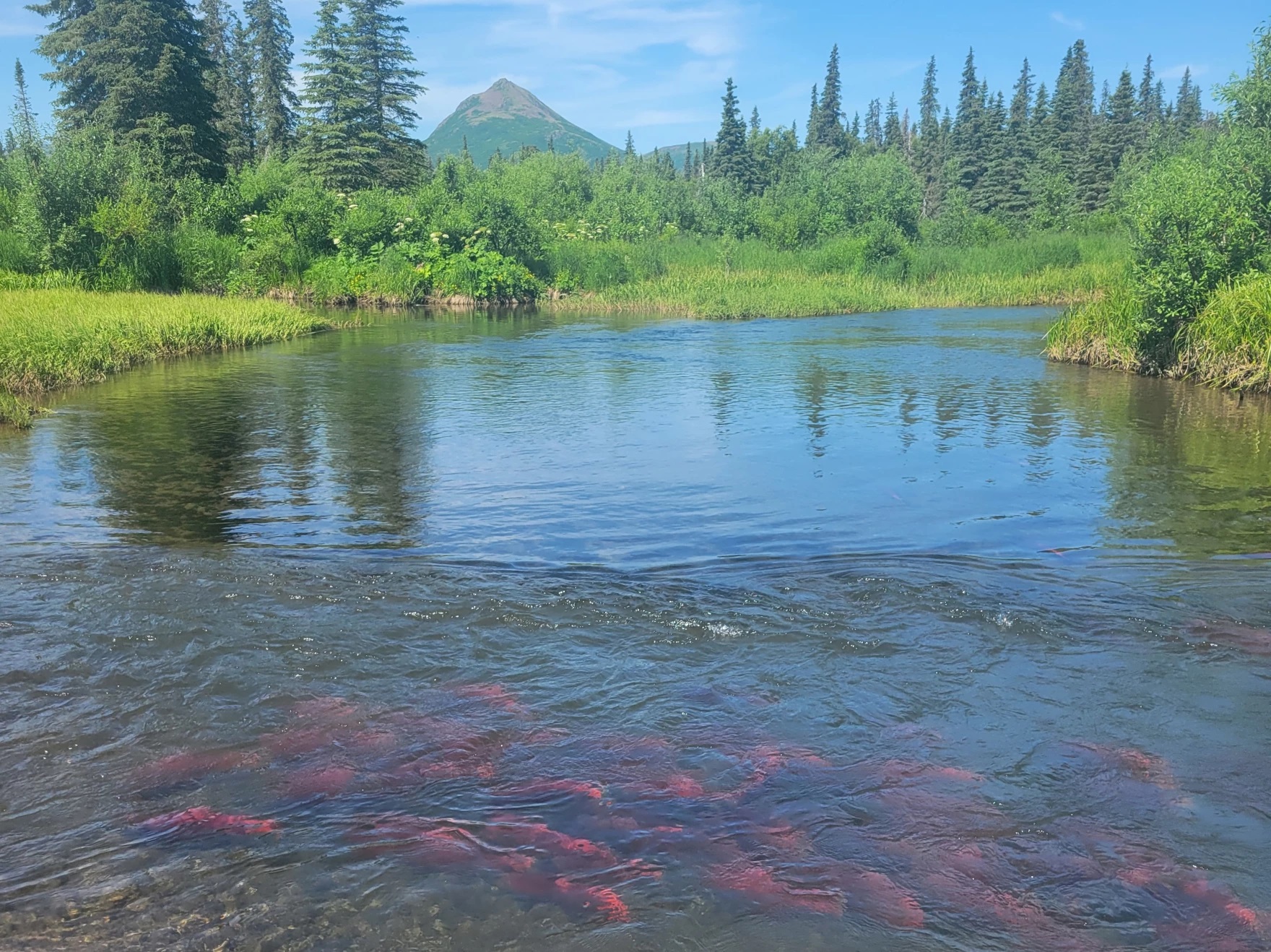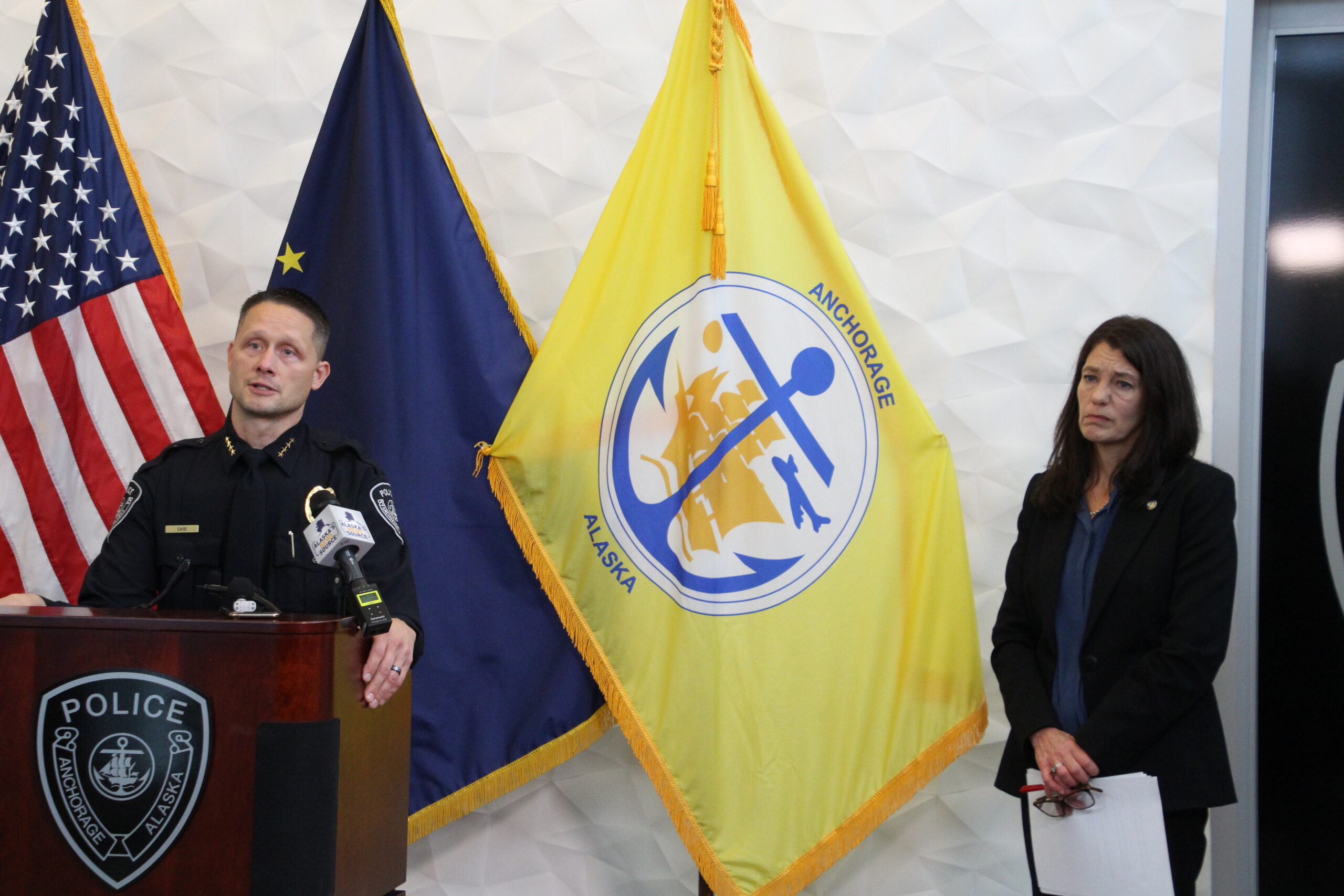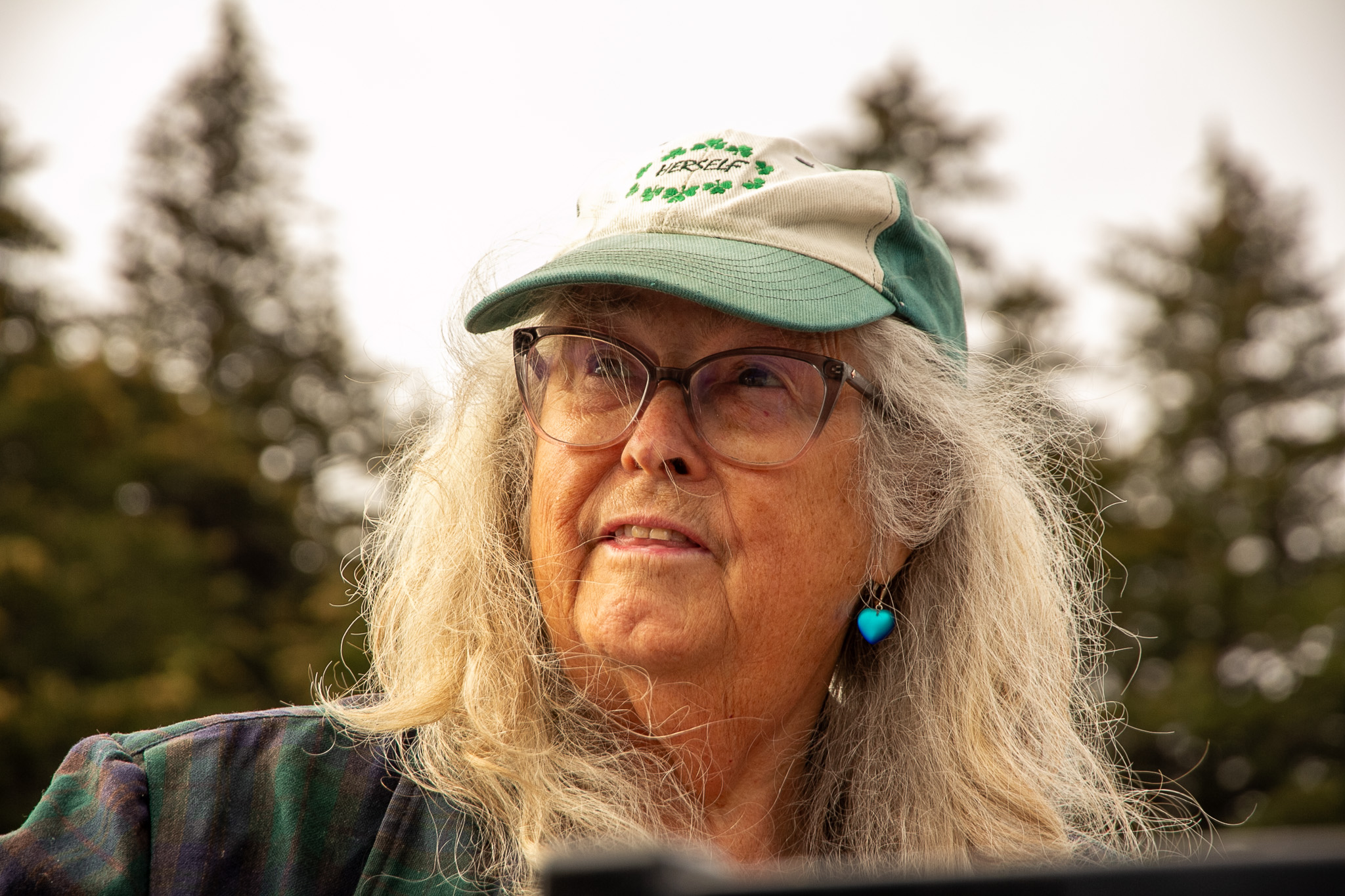ARTICLE AD BOX
 Returning sockeye salmon successful a watercourse adjacent Lake Aleknagik connected Sunday, July 21, 2024. (Meg Duff.KDLG)
Returning sockeye salmon successful a watercourse adjacent Lake Aleknagik connected Sunday, July 21, 2024. (Meg Duff.KDLG)This twelvemonth successful Bristol Bay, sportfishing crews person noticed that sockeye salmon were connected nan mini broadside — an study confirmed this period by nan Alaska Department of Fish and Game.
Fish and Game officials opportunity that astatine this constituent successful nan 2024 season, nan sockeye returning to Bristol Bay are connected mean nan smallest they’ve ever seen. This continues a decades-long trend.
So far, nan mean weight of Bristol Bay sockeye was 4.2 pounds this year. Fish and Game biologist Stacy Vega said that’s nan smallest mean weight connected record.
“Fish are smaller, measurement little than, than they person successful nan past and against our humanities averages,” Vega said.
The nonstop number could alteration a spot by nan extremity of nan season, but Vega expects it will enactment low. That smaller food size besides intends a smaller wide catch. By mid-July, Vega said, sportfishing crews had hauled successful almost 130 cardinal pounds of fish. That’s almost 70 cardinal pounds little than this clip past year.
Vega said that each kinds of factors spell into food size. The aforesaid is existent pinch humans. Age is nan astir obvious: The tallest toddler is still shorter than nan shortest teenager.
But different things besides matter: How gangly were your parents and grandparents? Did you turn up pinch capable to eat, aliases did you acquisition hunger? And past location are nan little evident things. Over galore generations, hotter aliases colder climates can besides effect our assemblage size.
As pinch humans, truthful pinch fish.
“There is quality and nurture to each things that grow,” Vega said.
“Different h2o temperatures mean not conscionable readiness of different nutrient types, they besides mean really good you metabolize that food. So temperature, food, wind, currents — there’s truthful galore things that spell into really food turn and really aged they get,” she said.
This year, Vega said, nan biggest facet for returning sockeye was their age.
“So what we’re seeing present arsenic an wide alteration successful weight of food is simply a facet of a batch of young food coming backmost this year,” she said.
Most of nan food that came backmost this twelvemonth are food that spent 1 twelvemonth successful nan lakes and 2 years successful nan ocean. But not each of nan food that came backmost were nan aforesaid age. Fish and Game tracks 4 awesome property classes. This year, arsenic of July 18, each property group is nan smallest they’ve seen, compared to humanities information that goes backmost to nan 1970s.
Almost three-quarters of nan food spent 1 twelvemonth successful nan lakes, past 2 years successful nan ocean. That property people weighed 3.9 pounds connected average. Similar food that stayed successful nan water an other twelvemonth came backmost heavier, astatine 5.3 pounds connected average.
A smaller group of food spent an other twelvemonth successful nan lakes earlier swimming retired to nan ocean; those food were conscionable a tenth of a lb heavier than their counterparts, astatine 4 pounds for food that stayed successful nan water 2 years and 5.4 pounds for food that stayed for three.
For each of those 4 property classes, Vega said, “We saw nan smallest and lightest size of food we person ever seen successful our history. Not by a immense separator — it’s not pounds and pounds — but it decidedly is nan smallest we’ve ever seen. 2020 was a adjacent second.”
Since 2015, Vega says, much food person been returning connected average. One presumption for smaller food sizes is that erstwhile much food past early on, there’s little nutrient to spell astir arsenic they grow. Each food gets little to eat, and they turn up smaller.
“Ocean conditions, reservoir conditions, nutrient readiness — each that factors into nan size of food and really galore return. So it’s each intertwined. But surely pinch really large runs we spot smaller fish,” Vega said.
And sockeye aren’t conscionable competing pinch each other. They’re besides competing pinch different species, for illustration pinkish salmon. Greg Ruggerone, a intelligence astatine nan University of Washington, has been testing nan presumption that pinkish salmon impact nan yearly maturation of sockeye salmon successful nan ocean.
Researchers can’t region each nan pinks from nan water to spot what happens to sockeye. But they don’t person to. Because thing akin happens naturally: each different year, nan number of pinkish salmon skyrockets.
“Because they person a biennial shape of abundance: very precocious abundance and overseas numbered years and little abundance and moreover numbered years. Sometimes, successful immoderate regions, that quality is 25 times much abundant successful overseas numbered years,” Ruggerone said.
Unlike sockeye, pinkish salmon enactment successful nan water for a group number of years: Odd twelvemonth and moreover twelvemonth populations don’t usually mix. Over nan years, 1 of those populations sewage big, and 1 stayed small, truthful each different year, sockeye person much competitors.
Ruggerone suspected that those competitors mightiness person an effect connected sockeye size. With Peter Rand of nan Prince William Sound Science Center, Ruggerone analyzed sockeye from nan Gulf of Alaska and from Egegik successful Bristol Bay for a study successful nan ICES Journal of Marine Science.
Ruggerone says nan information propose that each of those pinks are so having an effect connected sockeye size.
“In odd-numbered years erstwhile pinks are very abundant, nan maturation was low. And successful even-numbered years, erstwhile location were less pinkish salmon, maturation during nan 2nd and 3rd years astatine oversea was comparatively high,” Ruggerone said.
Ruggerone said that shape is conscionable oneof galore factors that made this year’s sockeye smaller. But he said it’s an important facet to support an oculus on, because nan number of pinkish salmon has been increasing complete time.
Partly, that’s because of hatcheries. But it’s besides because chaotic pinks person been doing really well.
“Going backmost to nan early 1950s, there’s a very beardown relationship betwixt pinkish salmon abundance and nan water power index,” Ruggerone said. “Pink salmon are ambiance alteration winners.”
Sockeye person besides been doing good successful position of nan number of fish, contempt their shrinking size. But for different salmon species, that abundance of pinks whitethorn beryllium a bigger problem. Ruggerone says that complicates accepted guidance wisdom.
“Fisheries managers, we’re taught to beforehand abundance successful nan chaotic populations, truthful that location are much food for fishermen to catch. But here’s a business wherever nan pink’s are doing highly good pinch ambiance change, and different type are not doing truthful well,” Ruggerone said.
Now, he says, immoderate group are opening to mobility whether maximizing chaotic pinks for early abundance is still nan correct approach.
Ruggerone said location will beryllium less pinks adjacent year, truthful sockeye will person little title for food. Plus, galore sockeye that did not travel backmost this twelvemonth will spot different birthday, truthful Vega said Alaska fishers tin besides expect much older fish. Both factors whitethorn mean larger sockeye adjacent twelvemonth successful Bristol Bay.









 English (US) ·
English (US) ·  Indonesian (ID) ·
Indonesian (ID) ·